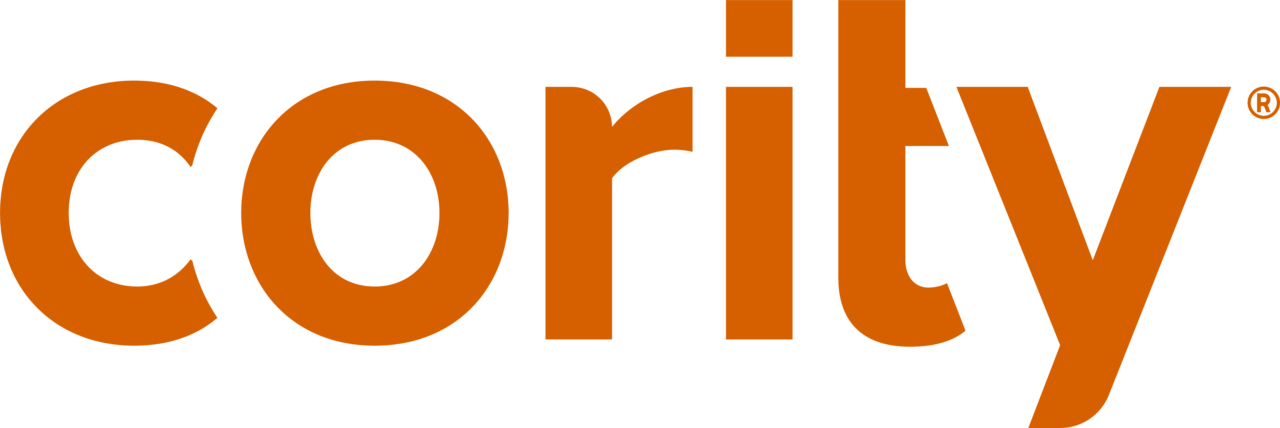The National Institute for Occupational Safety and Health (NIOSH), has released new guidelines for determining the level of hazards for substances with no occupational exposure limit (OEL). There are over 85,000 Chemicals and only around 1,000 have a defined OEL. To address this disparity, The NIOSH Occupational Exposure Banding Process for Chemical Risk Management is offering employers a strategy for assigning chemicals to a category or band.
For the over 85,000 commercially available chemicals in the Toxic Substances Control Act (TSCA) Chemical Substance Inventory, only about 1,000 have a government, consensus, or peer-reviewed OEL.
To determine the appropriate exposure band, data from nine significant health hazards were considered. These include:
- Acute toxicity
- Carcinogenicity
- Eye damage/irritation
- Genotoxicity
- Reproductive toxicity
- Respiratory sensitization
- Skin sensitization
- Skin corrosion and irritation
- Specific target organ toxicity
The Three-Tiered Evaluation Process
Tier 1: The first Tier of NIOSH’s process is the easiest to use and only requires basic knowledge. It’s used for evaluating chemicals and deciding which ones to prioritize for elimination or substitution. A workplace safety and health generalist can perform a Tier 1 assessment using information provided on a safety data sheet.
Tier 2: This step requires either an occupational hygienist or safety managers trained in chemical risk management to evaluate the chemicals.
Tier 3: Tier 3 requires the expertise of a toxicologist or experienced occupational hygienist, as well as all available data on the chemical being assessed.
It’s important to note that the use of the occupational exposure banding process is not required by regulation. It’s also not a substitute for complying with OSHA’s permissible exposure limits. The process is a tool for evaluating the hazards of chemicals without any established limit.
With the information gathered from the 3-Tier Process and once the hazardous chemical has been assigned a band, it is in the hands of the occupational hygienist or safety manager to decide which controls are necessary to limit employee exposure to these chemicals.
Learn More
To learn more about occupational exposure limit management and how to run an effective chemical program, read our eBook:



